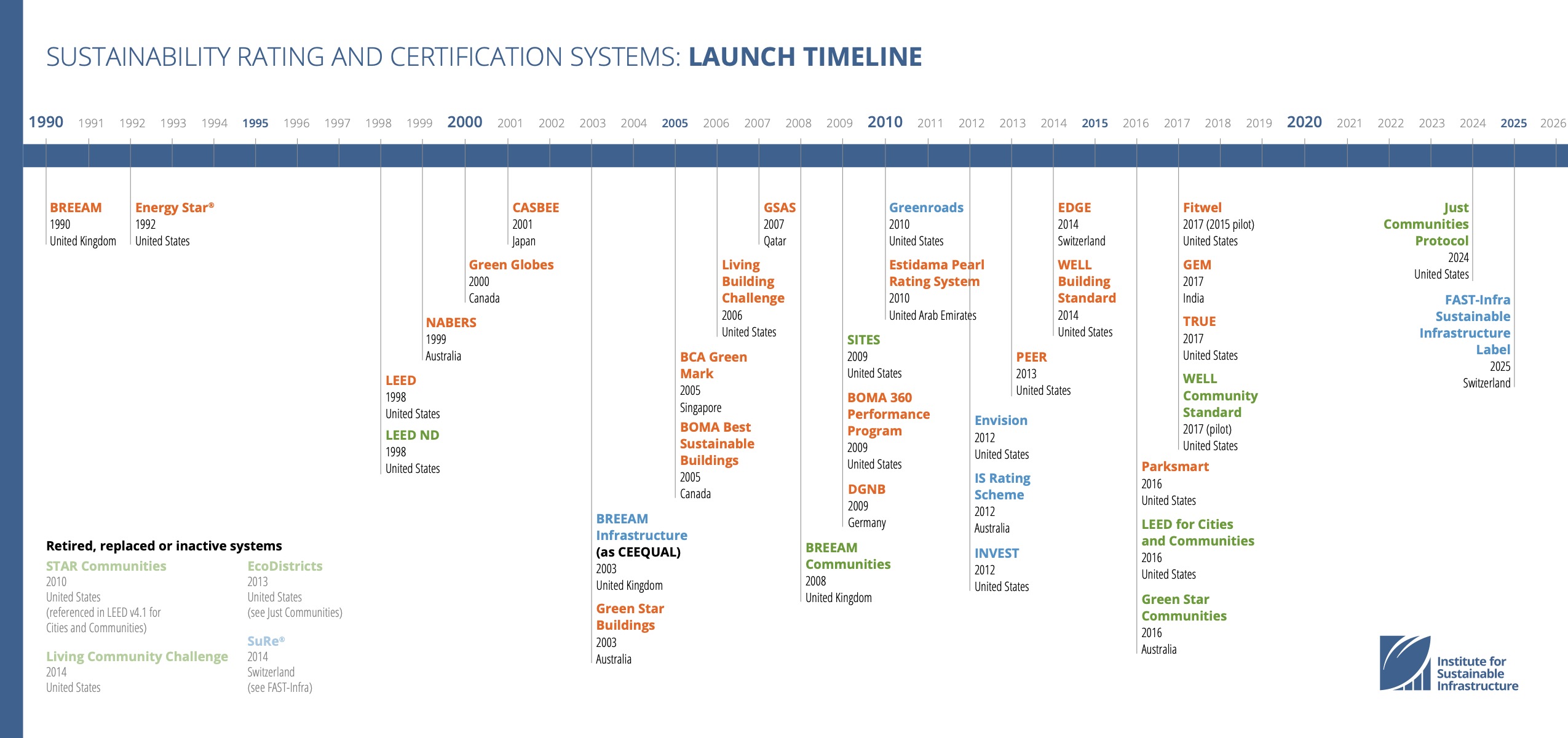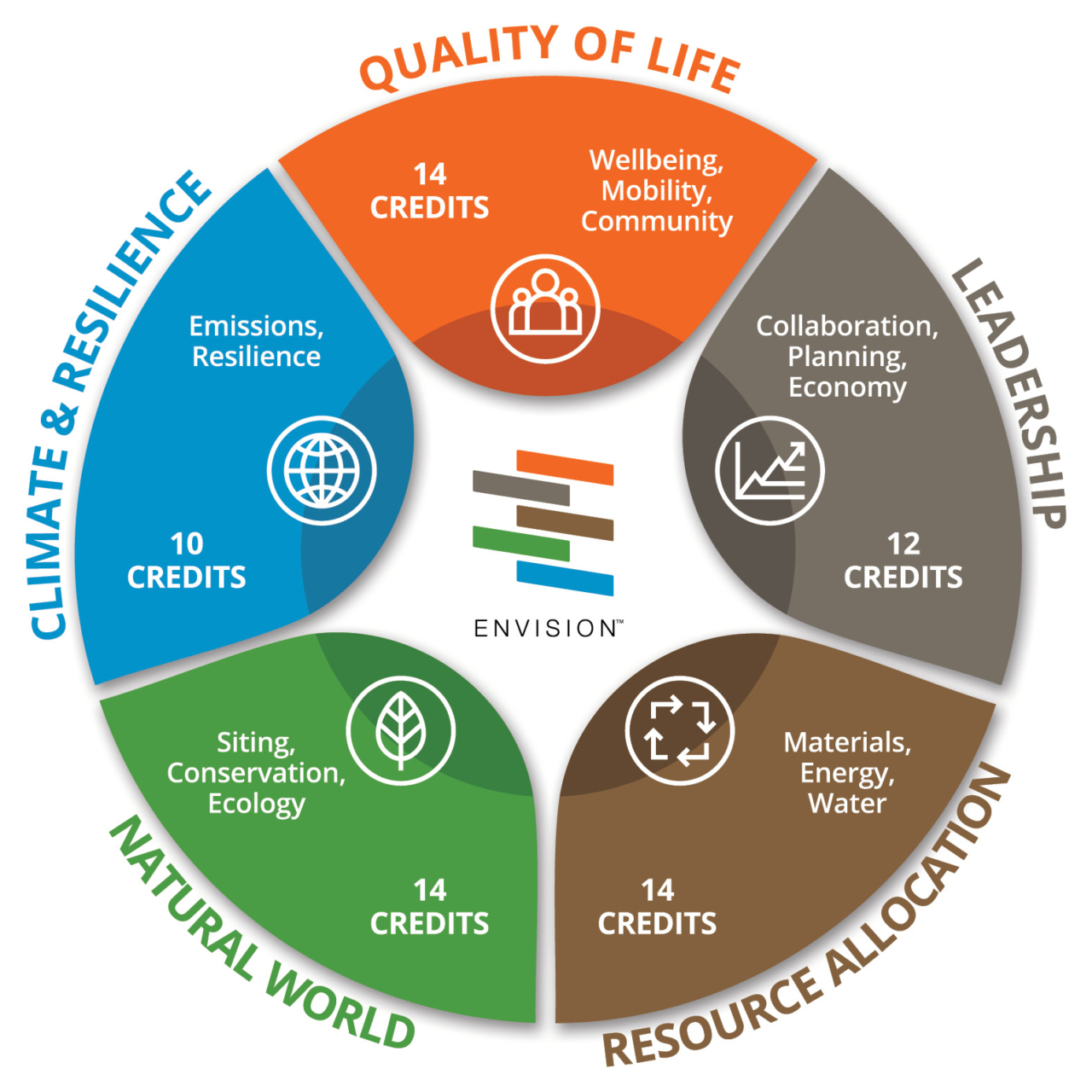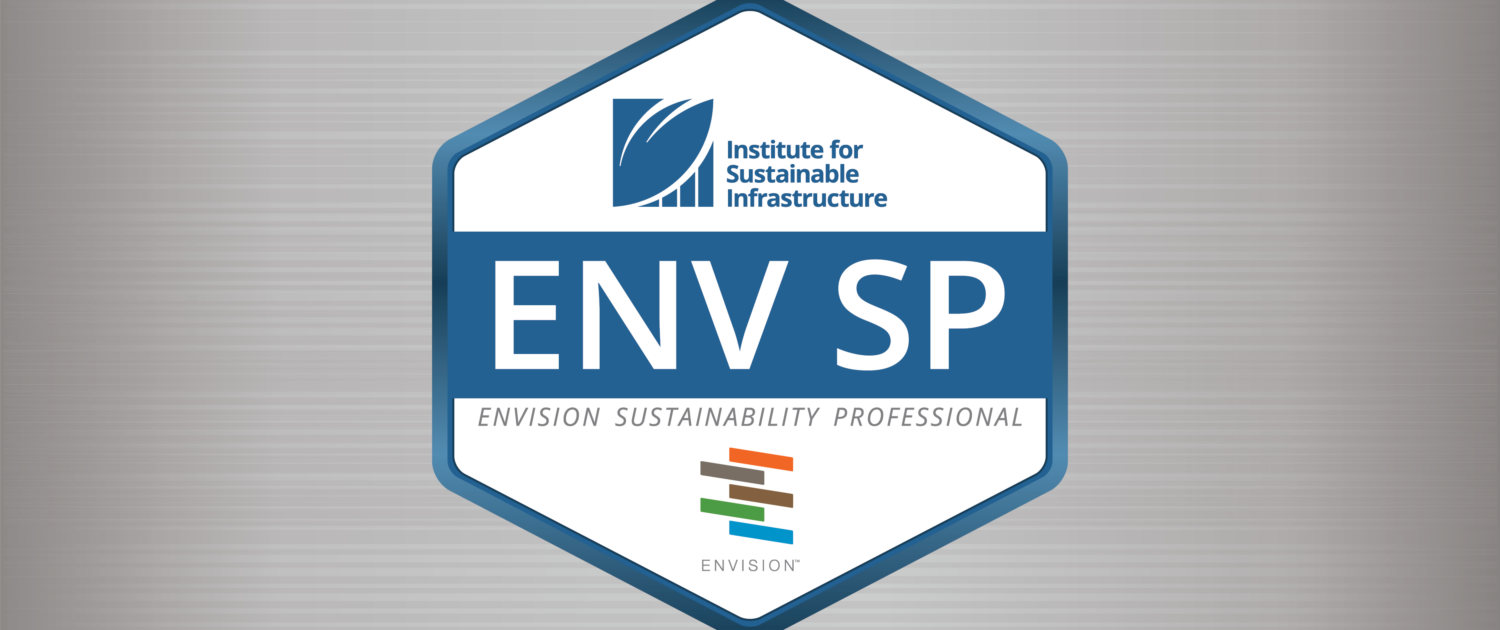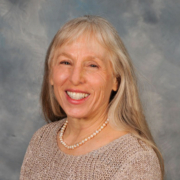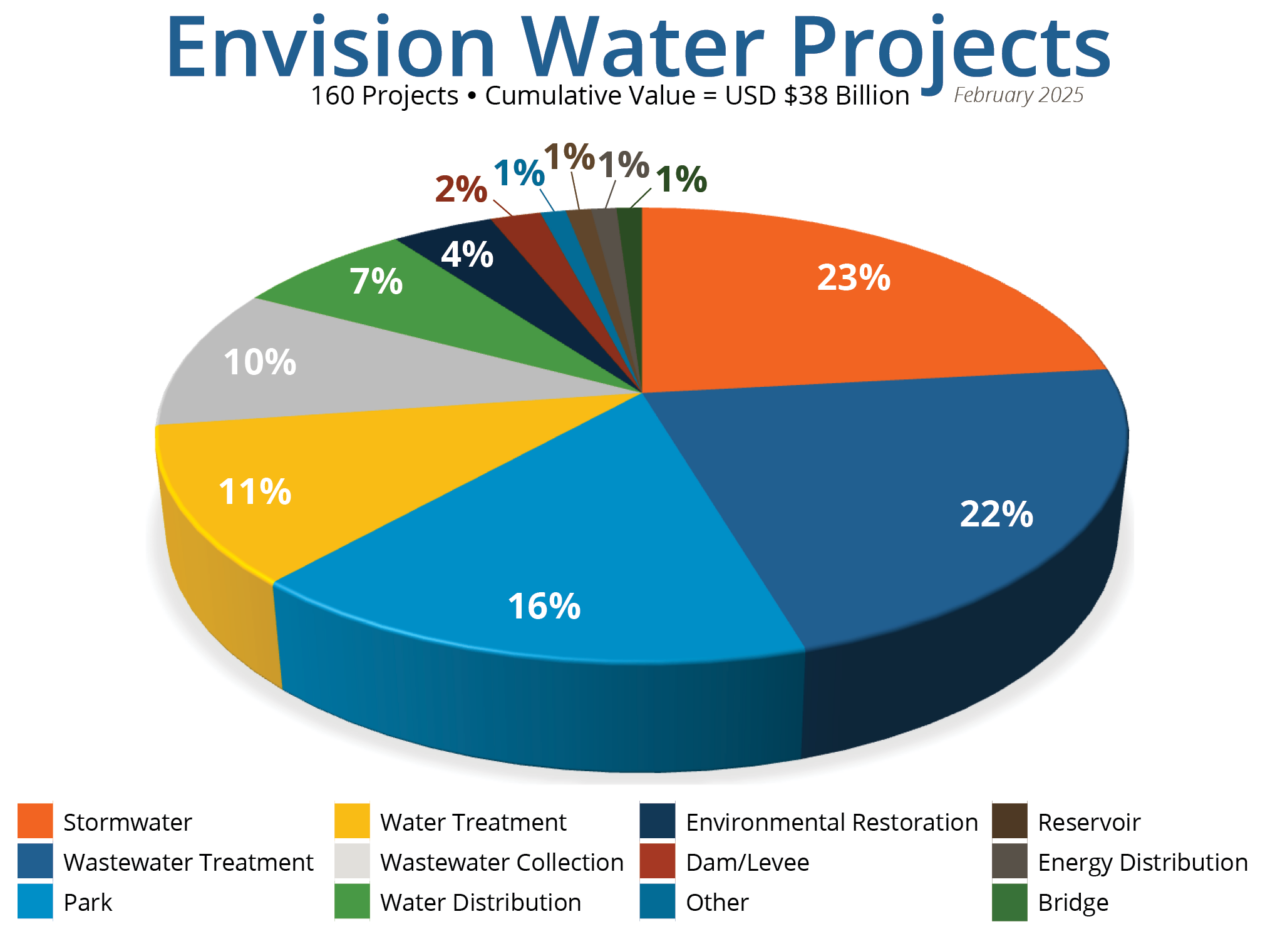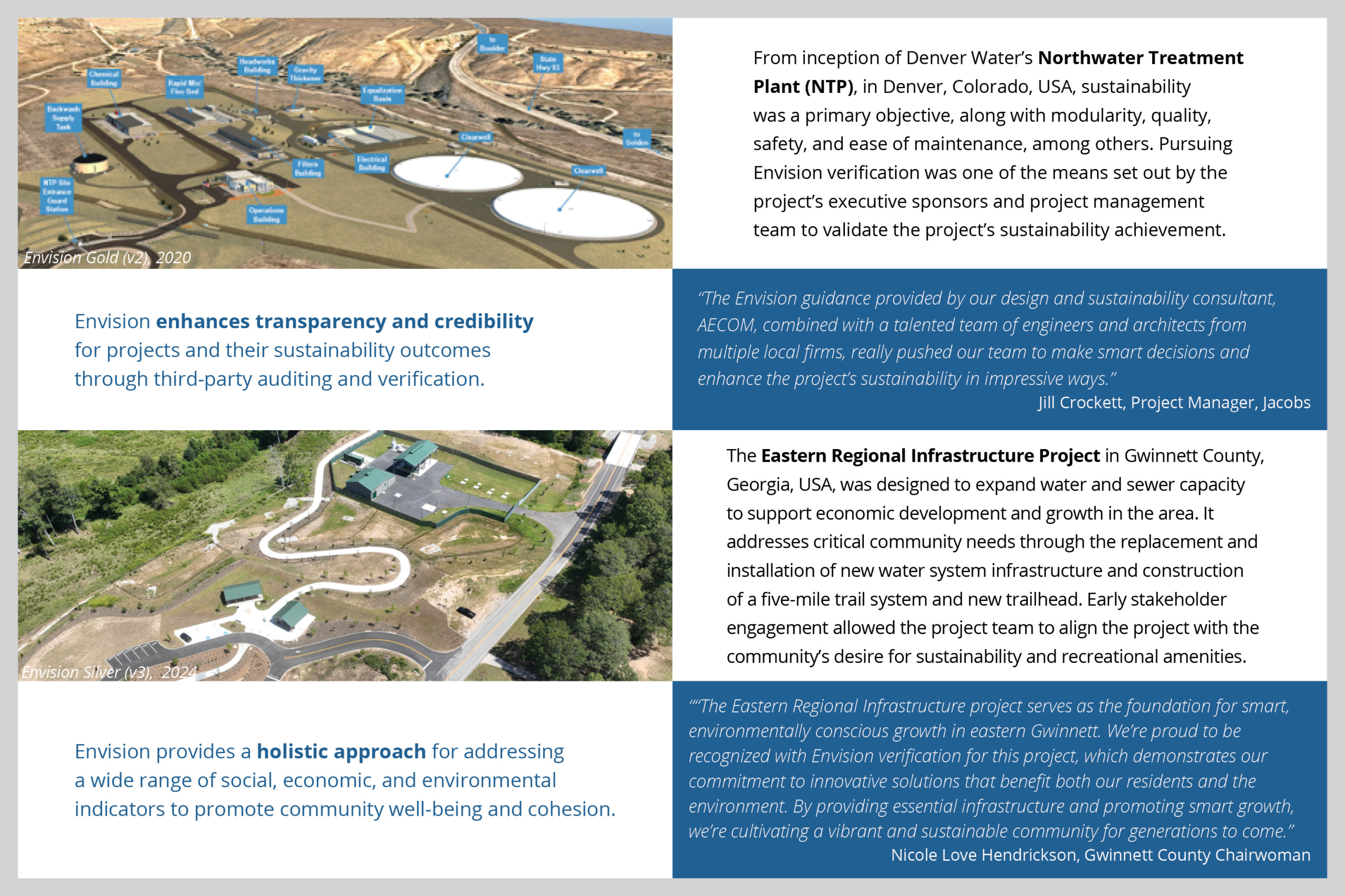How Sustainability Frameworks like Envision Can Support Project Compliance
17-April-2025
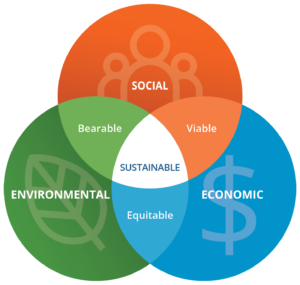 In the Architecture, Engineering, and Construction (AEC) industry, sustainability has shifted from a trendy buzzword to a fundamental necessity. As regulatory requirements become more stringent, reporting requirements escalate, environmental concerns intensify, and stakeholders demand higher levels of performance, the need for and compliance with sustainability and resiliency standards has become more critical. Similar to how LEED and BREEAM have been instrumental in guiding sustainable building practices, the Envision Sustainable Infrastructure Framework has provided similar guidance in the infrastructure sector for more than a decade. Sustainability frameworks like these not only provide a roadmap for meeting triple-bottom-line goals, they also serve as powerful tools for achieving compliance with a wide range of regulations and directives. In this article, we’ll explore how these frameworks help AEC professionals navigate the often-complex landscape of sustainability and regulatory demands while streamlining processes and contributing to overall long-term project success.
In the Architecture, Engineering, and Construction (AEC) industry, sustainability has shifted from a trendy buzzword to a fundamental necessity. As regulatory requirements become more stringent, reporting requirements escalate, environmental concerns intensify, and stakeholders demand higher levels of performance, the need for and compliance with sustainability and resiliency standards has become more critical. Similar to how LEED and BREEAM have been instrumental in guiding sustainable building practices, the Envision Sustainable Infrastructure Framework has provided similar guidance in the infrastructure sector for more than a decade. Sustainability frameworks like these not only provide a roadmap for meeting triple-bottom-line goals, they also serve as powerful tools for achieving compliance with a wide range of regulations and directives. In this article, we’ll explore how these frameworks help AEC professionals navigate the often-complex landscape of sustainability and regulatory demands while streamlining processes and contributing to overall long-term project success.
The Importance of Compliance in the AEC Industry
Regulatory requirements in the AEC industry are continually evolving, with governments and agencies around the world implementing stricter standards to improve safety, protect the environment, and promote community well-being. From building codes and zoning laws to environmental impact assessments and occupational safety regulations, AEC professionals must guide projects through an intricate network of rules and guidelines. In addition, municipalities and agencies publish plans to document, measure, and track sustainability and resiliency concepts like energy use, greenhouse gas emissions, and waste reduction. Failure to comply with regulations and plans can lead to negative consequences like legal penalties, project setbacks, financial loss, and reputational damage, but using sustainability frameworks like Envision can help project teams mitigate these risks by providing a structured approach and guidance on best practices.
Understanding Sustainability Frameworks in the Context of the AEC Industry
Sustainability frameworks and rating systems are structured guidelines that help organizations implement sustainable practices on projects in planning, design, construction, and/or operations and maintenance. In the AEC industry, these frameworks typically provide a systematic approach across a range of sustainability and resiliency topics, such as reducing environmental impacts, improving energy efficiency, and enhancing community well-being. They establish clear criteria for evaluating project elements with consideration for water use, access, biodiversity, materials sourcing, etc., which are all essential components for meeting compliance requirements in infrastructure projects. Some of the most well-known sustainability frameworks and certifications including LEED, BREEAM, WELL Building Standard, and the Envision Sustainable Infrastructure Framework.
In particular, Envision, which is administered by the Institute for Sustainable Infrastructure (ISI), was designed to promote more sustainable, resilient, and equitable infrastructure projects. It is comprised of 64 sustainability and resiliency indicators (called credits) which are organized around five categories:
Together, Envision’s categories and credits offer a structured approach for planning, designing, and constructing sustainable and resilient roads, bridges, water systems, and other critical infrastructure assets. Unlike building certification systems, Envision is tailored to the scale and complexities of large infrastructure projects, while offering flexibility and adaptability for various project types. To allow for this, Envision does not prescribe that projects meet defined metrics, but rather it provides a framework for collaboration, decision-making, and the development of innovative solutions.
How Sustainability Frameworks Support Compliance
Streamlining Regulatory Compliance
Sustainability frameworks can provide a roadmap that aligns with existing regulations and prepares to address evolving regulatory landscapes, equipping AEC professionals to fulfill requirements from local, national, and international policies, ordinances, plans, etc. For example, when building a new office complex, using the LEED rating system can support compliance with energy codes, environmental impact regulations, and material sourcing requirements. Similarly, using Envision can guide an infrastructure project team on energy optimization and waste diversion, while also considering habitat protection and stormwater management. In some instances, meeting rating system requirements may satisfy regulatory requirements, but in most instances the rating system is likely to provide the guidance and direction toward meeting or exceeding stipulations. Adopting frameworks like LEED, BREEAM, or Envision provides a holistic view that can help project teams anticipate future regulatory changes and reduce the risk of costly delays or revisions during the design and construction phases.
Example: In the European Union (EU), Envision aligns with one of the most influential ESG-aligned developments in recent years, the DNSH (Do-No-Significant-Harm) principle. DNSH supports the EU Taxonomy for Sustainable Activities regulation, providing criteria to evaluate if an investment qualifies as sustainable, meaning it does not cause significant harm to any of six key environmental objectives outlined in EU law. Project compliance is necessary for certain types of EU funding and financing opportunities. ICMQ, ISI’s partner in Italy, published guidance explaining Envision’s alignment with the DNSH principle, with detailed documentation on the correlation between DNSH objectives and Envision credits. The document notes that Envision fills an existing gap between general DNSH criteria and actionable design guidance and objective metrics.
Example: Envision is one of the few frameworks that emphasizes construction safety through a dedicated credit. With this in mind, the project team for the Taxiway J Rehabilitation project at Philadelphia International Airport (PHL) developed a comprehensive and proactive Construction Safety Phasing Plan that extends to the contractor and all subcontractors involved in the project. It identified all construction activities to occur as part of the project within the Air Operations Area and defined how each construction area would comply with FAA regulations and requirements on airfield safety. Methods for safety inspections and communications, as well as requirements for security and training for project personnel, were set out in the plan.
Example: The San Francisco Public Utilities Commission’s (SFPUC) Biosolids Digester Facility Project is constructing new facilities with state-of-the-art treatment technologies to ensure continued regulatory compliance with present and projected regulations to protect public health and safety. The project is upgrading the existing Southeast Treatment Plant biosolids treatment from Class B to Class A (the highest class available), providing greater end-user security as biosolids regulations become increasingly stringent and restrictive.
Minimizing Risk
At its core, compliance means reducing risk — whether it’s legal, environmental, or financial. In turn, sustainability frameworks offer guidelines to help infrastructure owners and project teams proactively address such risks. A key component of the Envision framework is its focus on resilience — the ability to withstand and adapt to future challenges, which might include shifting environmental regulations, intensifying extreme weather events, or simply evolving community needs.
Envision encourages project teams to understand potential risks, and then plan, design, and construct projects that are adaptable and resilient to these future risks. This process results in projects that are better positioned to meet current and future regulatory demands, thereby reducing the risk of non-compliance over the long term.
Example: The City of St. Petersburg, Florida, proactively assesses and addresses potential climate change impacts on both existing assets and future projects. Risk and vulnerability assessments were conducted for the Northwest Water Reclamation Facility, and the project team incorporated assessment findings into the project’s planning and design, including considerations for sea level rise, storm surge impacts, high wind, flooding, lightning, etc.
Example: In planning the Airside Improvements Project at the San Diego International Airport (SAN), the project team analyzed the site’s existing stormwater drainage systems to better understand the volume and flow of water relative to the project site and incorporated considerations for sea level rise and 100-year storm events. The new stormwater drainage system is designed to include a 0.9-million-gallon underground storage cistern and five infield infiltration basins that will serve to capture, treat, and reuse stormwater. This upgrade is expected to reduce stormwater runoff into the San Diego Bay by at least 80% and significantly reduce potable water consumption. The project’s multi-pronged approach not only addresses immediate stormwater management needs but also aligns with and advances SAN’s long-term goals for sustainable water management.
Example: To prepare for the Tamiami Station Park-and-Ride/Bus Terminal Facility (Tamiami Station) in Miami-Dade County, the project team conducted a comprehensive assessment of climate change threats and found the main issues are sea-level rise, storm surges, extreme heat, and flooding from extreme precipitation. To address these issues, the project team worked collaboratively with the county’s Office of Resilience early in project design to ensure compliance with the local Sea Level Rise Ordinance. Regional sea level projections and groundwater elevations were reviewed and accounted for in the project design. In order to address extreme heat and precipitation projections, the design team included pedestrian canopies to protect the public from rain and sun along the bus bays and into parking areas.
Documentation and Reporting
A key component of sustainability frameworks is the emphasis on transparent documentation and reporting. To achieve certifications like LEED, BREEAM, or Envision, project teams must submit detailed records of design choices, construction processes, and performance metrics. This documentation provides a clear record for project stakeholders, including clients, investors, and regulatory bodies, and can be critical for inspections, audits, or assessments.
Example: The Times Square Shuttle Project is upgrading deficient subway station platform components and alleviating congestion to improve circulation, safety, and overall operations for New York City’s busiest subway complex. By improving the efficiency of this station, this project inherently improves systems integration within the overall MTA subway system, as well as with other social, economic, and infrastructure systems within the broader NYC community. As a leader in sustainability, the City of New York maintains several evaluations, reports, analyses, and sets of goals and guidance documents to govern the sustainability of the city’s infrastructure, and MTA New York City Transit has further adopted agency-specific policies to ensure that sustainability is incorporated at the project level. The Times Square Shuttle Project is consistent with all of these planning documents and policies.
Benefits of Integrating Sustainability Frameworks into AEC Projects
Enhanced Design and Planning
AEC professionals are encouraged to integrate sustainability frameworks early in the planning phase to ensure that projects will meet regulatory compliance from the outset. In this way, sustainability and resilience are no longer afterthoughts; they’re embedded into the core of the project’s planning and design. Starting this conversation early provides more opportunities for the project team to talk through various options to improve sustainable performance.
“Sarasota County’s achievement of the Envision Gold award highlights their pioneering approach to sustainable infrastructure development. [The Bee Ridge Water Reclamation Facility] goes beyond expanding capacity; it sets a new benchmark for sustainable water management and environmental stewardship. It exemplifies how innovative engineering and a commitment to sustainability can create a facility that meets current demands and paves the way for a resilient and adaptive water future for decades to come.”
– Jody Barksdale, Carollo Project Manager
Cost Efficiency
While implementing sustainability frameworks may require a minor upfront investment, the long-term financial benefits can be significant. Projects that follow frameworks like LEED, BREEAM, or Envision may implement solutions that result in lower operation and maintenance costs, whether through energy savings, water conservation, or fewer repairs. These project teams are also encouraged to evaluate projects within the broader context of a community’s long-term goals and needs, which may lead to integrating components that might otherwise have been planned and delivered separately. Additionally, avoiding compliance-related fines or delays can reduce costs over the life of a project.
Example: The Eastern Regional Infrastructure Project’s new sewer infrastructure allowed for the future decommissioning of several wastewater pump stations into the new regional pump station, improving overall efficiency while also improving system resilience. The new five-mile trail system is co-located with the gravity sewer line, effectively integrating civil infrastructure with a community recreation asset.
“The Eastern Regional Infrastructure Project serves as the foundation for smart, environmentally conscious growth in eastern Gwinnett. We’re proud to be recognized with Envision verification for this project, which demonstrates our commitment to innovative solutions that benefit both our residents and the environment. By providing essential infrastructure and promoting smart growth, we’re cultivating a vibrant and sustainable community for generations to come.”
– Nicole Love Hendrickson, Gwinnett County Chairwoman
Reputation and Marketability
Sustainability certifications can be a powerful marketing tool, especially as clients and communities increasingly prioritize sustainability and resilience. Projects that follow LEED, WELL, or Envision guidelines demonstrate commitment to environmental, social, and economic responsibility, promoting a positive reputation and making them more attractive to eco-conscious stakeholders.
“Envision goes beyond the basic efforts of project management and development into areas that benefit the community in a holistic way. Our goal is to bring as much value to those impacted by the project as possible.”
– Dave Koster, HBPW General Manager
Sustainability frameworks are more than just guidelines—they are essential tools for supporting compliance in building and infrastructure projects. By providing a comprehensive set of principles for sustainable planning, design and construction, these frameworks empower project teams to incorporate sustainability and resiliency considerations as substantial elements of project development, and help professionals navigate an increasingly complex landscape of regulatory requirements while enhancing social, environmental, and economic outcomes

